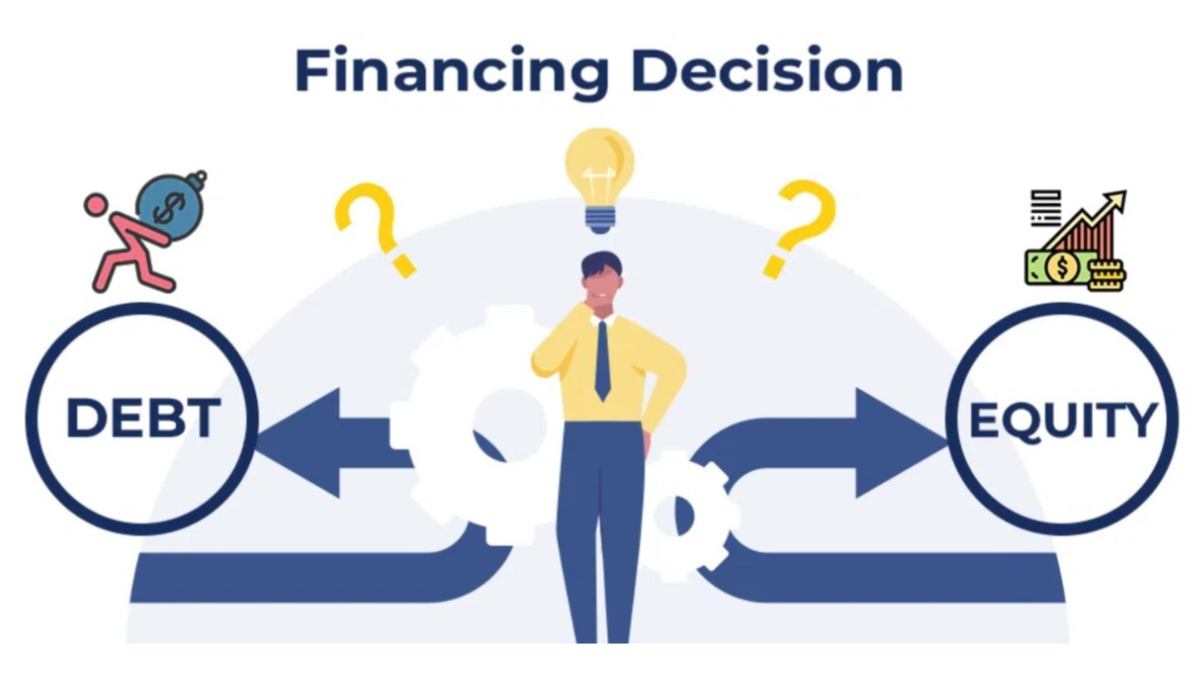Introduction
What is an Investment Portfolio?
An investment portfolio is a collection of financial assets such as stocks, bonds, real estate, and other investments owned by an individual or entity. These assets are strategically chosen and managed to achieve specific financial goals, whether it’s wealth accumulation, retirement planning, or funding future endeavors. A well-structured portfolio provides diversification, risk management, and the potential for long-term wealth growth.
The Importance of a Well-Structured Portfolio
The significance of a well-structured investment portfolio cannot be overstated. It serves as a financial roadmap that aligns your investments with your goals, risk tolerance, and time horizon. A carefully crafted portfolio can:
- Provide a source of passive income.
- Hedge against inflation.
- Mitigate risk through diversification.
- Build wealth over time.
- Help achieve long-term financial objectives.
Understanding Investment Basics
Investment vs. Saving: Clarifying the Difference
Understanding the distinction between saving and investing is fundamental:
- Saving involves setting aside money for short-term goals or emergencies, typically in low-risk, easily accessible accounts.
- Investing entails putting money into assets that have the potential to generate returns over the long term, often with a higher degree of risk compared to saving.
The Power of Compound Interest
It refers to earning interest not only on your initial investment but also on the interest that accumulates over time. The earlier you start investing, the more time your investments have to benefit from the compounding effect.
Setting Financial Goals
Short-Term vs. Long-Term Goals
Defining your financial goals is a critical step in portfolio construction. Goals can be categorized as:
- Short-term: Goals to be achieved within one to three years, such as buying a car or taking a vacation.
- Long-term: Goals with a horizon of five years or more, like retirement planning or buying a home.
Specific, Measurable, Achievable, Relevant, Time-bound (SMART) Goals
To ensure your goals are actionable, it’s beneficial to make them SMART:
- Specific: Clearly define your goal, avoiding vague objectives.
- Measurable: Establish criteria to track your progress.
- Achievable: Set realistic goals within your means and capabilities.
Risk Tolerance and Risk Assessment
What is Risk Tolerance?
Risk tolerance is your ability and willingness to endure fluctuations in the value of your investments. It’s influenced by factors like your financial situation, investment goals, and emotional temperament.
Factors Affecting Risk Tolerance
Several factors can influence your risk tolerance:
- Age: Younger investors often have a higher risk tolerance as they have more time to recover from losses.
- Income and Wealth: A secure financial situation can increase risk tolerance.
Portfolio Management Strategies
Active vs. Passive Portfolio Management
Choosing between active and passive portfolio management involves considering factors like fees and performance:
- Active Management: Involves selecting investments with the aim of outperforming the market.
- Passive Management: Utilizes index funds or ETFs to mimic market performance at lower costs.
Rebalancing: Maintaining Asset Allocation
Regularly rebalancing your portfolio ensures it stays aligned with your target asset allocation:
- Buy Low, Sell High: Rebalancing involves selling assets that have outperformed and buying those that have underperformed.
- Rebalancing Triggers: Set criteria for when and how to rebalance, such as deviations from your target allocation.
Selecting Specific Investments
Equity Selection
Fundamental Analysis
- Financial Statements: Analyze income statements, balance sheets, and cash flow statements.
- Valuation Metrics: Use metrics like price-to-earnings (P/E) ratio and price-to-book (P/B) ratio to assess stock value.
Also read this
Technical Analysis
- Chart Patterns: Identify trends, support, and resistance levels through price charts.
- Technical Indicators: Use tools like moving averages and Relative Strength Index (RSI) to gauge market sentiment.
Risk Management and Portfolio Protection
Hedging Strategies
Hedging strategies can help protect your portfolio from adverse market movements:
- Options and Futures: Use derivatives like options and futures contracts to hedge against potential losses.
- Protective Puts and Covered Calls: Employ these options strategies to manage risk.
Diversification Revisited
Diversification remains a primary risk management tool:
- Asset Diversification: Spread investments across various asset classes.
- Geographic Diversification: Consider international exposure to reduce country-specific risks.
Monitoring and Reviewing Your Portfolio
The Importance of Regular Portfolio Review
- Periodic Check-Ins: Schedule routine assessments to track performance and make necessary adjustments.
- Life Changes: Reevaluate your portfolio when major life events occur, such as marriage, birth, or retirement.
Assessing Portfolio Performance
Evaluating portfolio performance involves:
- Comparing Returns: Measure your portfolio’s performance against benchmarks.
- Analyzing Asset Allocation: Ensure your actual allocation matches your target allocation.
Behavioral Finance and Investor Psychology
Understanding behavioral biases can help you make rational investment decisions:
- Confirmation Bias: Tendency to seek information that confirms existing beliefs.
- Loss Aversion: Fear of losses leading to overly conservative investment choices.
- Herding Behavior: Following the crowd rather than conducting independent analysis.
Emotional Investing vs. Rational Decision-Making
Emotional investing can lead to impulsive decisions and poor outcomes:
- Emotional Triggers: Recognize emotions like fear and greed that can influence investment choices.
- Rational Decision-Making: Develop a disciplined approach based on analysis and strategy.
Conclusion
Key Takeaways
In summary, building a successful investment portfolio is a multifaceted process that requires careful planning, continuous monitoring, and adaptability.
- Understanding the difference between saving and investing is fundamental to wealth accumulation.
- Setting clear, SMART financial goals provides a roadmap for your investment journey.
- Assessing your risk tolerance and aligning it with your investment strategy is crucial for long-term success.
- Asset allocation and diversification are essential techniques for managing risk and achieving financial goals.
- The choice between active and passive portfolio management should align with your objectives and risk tolerance.
- Ongoing monitoring, regular re balancing, and tax-efficient strategies are critical for portfolio maintenance.
FAQs
-
What is an investment portfolio, and why is it important?
An investment portfolio is a collection of financial assets such as stocks, bonds, and real estate owned by an individual or entity. A well-structured portfolio is crucial as it provides diversification, risk management, and the potential for long-term wealth growth, aligning investments with financial goals and risk tolerance.
-
How does saving differ from investing?
Saving involves setting aside money for short-term goals or emergencies in low-risk, easily accessible accounts. In contrast, investing entails placing money into assets with the potential for higher returns over the long term, usually involving a higher degree of risk compared to saving.
-
What are SMART financial goals, and how can they help in investment planning?
SMART goals are Specific, Measurable, Achievable, Relevant, and Time-bound. These goals provide a clear and actionable framework for setting and achieving financial objectives, ensuring that investment activities are aligned with well-defined and realistic targets.
-
What factors influence an individual’s risk tolerance?
Several factors affect risk tolerance, including age, financial situation, income, and emotional temperament. Younger investors typically have a higher risk tolerance due to a longer time horizon for recovery, while those with secure financial conditions may also be more willing to take on risk.
-
What are the differences between active and passive portfolio management?
Active portfolio management involves selecting investments with the aim of outperforming the market, often resulting in higher fees and requiring more frequent adjustments. Passive management, on the other hand, involves using index funds or ETFs to mimic market performance, generally offering lower costs and requiring less frequent adjustments.












